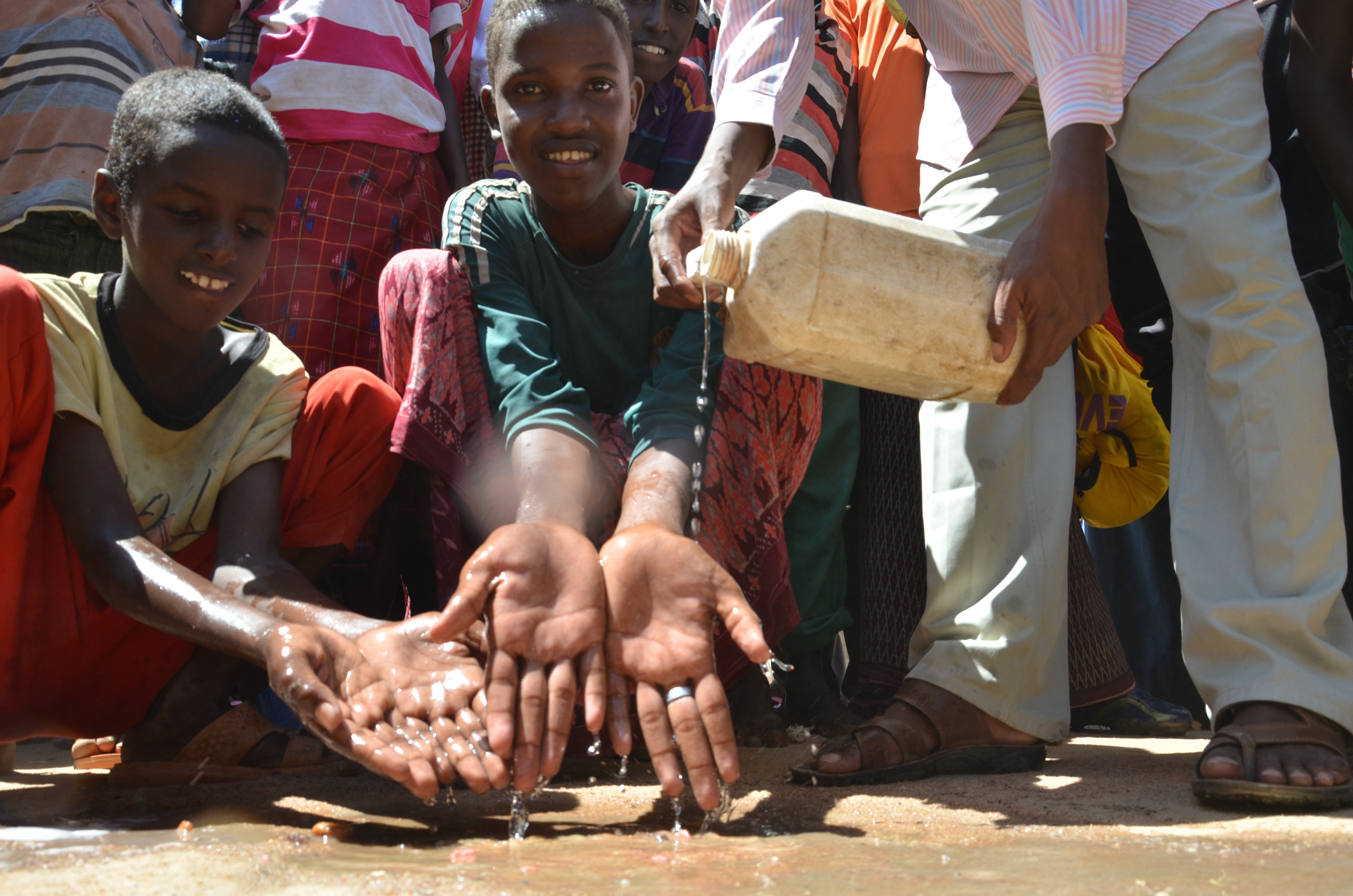UNHCR fears fighting could swell numbers of Somalis fleeing into Kenya
UNHCR fears fighting could swell numbers of Somalis fleeing into Kenya

DADAAB, Kenya, August 11 (UNHCR) - Somali refugees are arriving at Dadaab in north-east Kenya at a rate of 100 per day, but UNHCR fears the numbers could rise even higher if fighting between the Union of Islamic Courts (UIC) and the transitional government in Somalia gets worse.
Since the beginning of the year, some 18,000 Somali refugees have arrived in Dadaab, where three refugee camps already hosted some 134,000 mainly Somali refugees. "If the current arrival rate continues, we can expect another 12,000 refugees by the end of the year. This would bring the total number of newly-arriving Somali refugees into Kenya [this year] to 30,000," said Nemia Temporal, head of the UNHCR office in Dadaab.
"This number could be higher if there are more hostilities," warned Temporal, while adding: "If this were to happen, we would need to liaise with the [Kenyan] government to open a fourth camp, in addition to the existing three in Dadaab."
UNHCR is seeking additional funding to assist the new arrivals, mainly in the areas of shelter, health care and sanitation.
Many of those who have arrived in the semi-arid Dadaab region in the past week said they had fled Mogadishu to escape fighting between the UIC and a loose alliance of warlords, who controlled the Somalian capital for years. The UIC's militia seized Mogadishu in June and is threatening to advance further.
The refugees are generally in good health, but many are visibly exhausted from the long trek and have tales of fresh fighting. Abdikadir Mohammed Noor, who fled Mogadishu after his three brothers were killed in cross-fire in the capital, said he had been on the road with his family for more than three weeks.
"We walked for days and days and depended on villagers for food," Noor said as he waited to be registered by UNHCR staff. He left his exhausted wife and nine children with friends in the southern Somalian port of Kismayo and planned to return to pick them up. "I do not want to go back [to Mogadishu]," he said.
Some of the refugees who arrived in Dadaab earlier this week said they had walked or hitched rides from passing trucks as they made their way south from Mogadishu to Kismayo before continuing north-west to Amuma, a crossing point on the Kenya-Somalia border. Amuma is some 100 kilometres from Dadaab. Somali refugees are also entering Kenya through the border crossing at Doble, which is 98 km from Dadaab.
The continuing influx of Somalis to Dadaab is affecting morale among long-term residents of the camps, including some who have been here for almost 14 years. In October 2004, the refugees at Dadaab were full of hope after Somalia elected a president and put a government in place for the first time in 15 years. UNHCR began initial preparations to take the refugees back home, but the renewed fighting has dashed these hopes.
"We are disappointed because we expected the number of Somali refugees in this camp to decrease following the establishment of the Transitional Federal Government in 2004. Now, we are receiving more refugees," said Dahir, chairman of the refugee committee in Dadaab's Hagadera camp.
Upon arrival in Dadaab, the refugees are received at a registration centre where UNHCR staff carry out a rapid screening exercise. On Wednesday, some 600 newly arrived refugees were awaiting screening and registration and UNHCR staff were busy preparing additional accommodation areas.
In some sites, the refugee agency has had to build extra sanitation facilities, while steps are being taken to ensure new sites are as close as possible to water points in the camp. New arrivals receive basic household items such as blankets, jerry cans, mats and kitchen utensils, but current stocks are very limited.
There are 227,400 refugees in Kenya, mainly from Somalia and Sudan.
By Emmanuel Nyabera in Dadaab, Kenya







